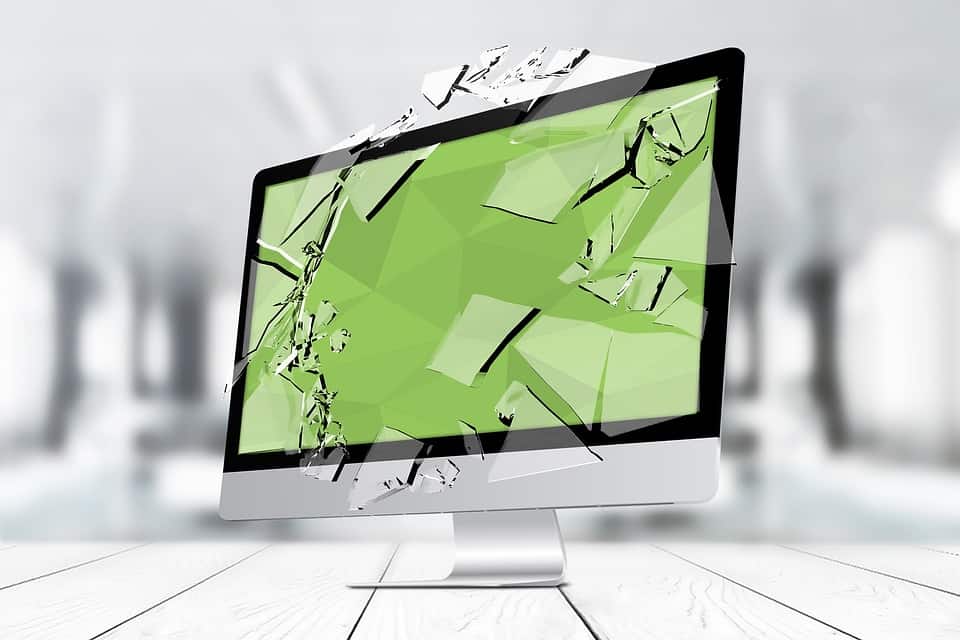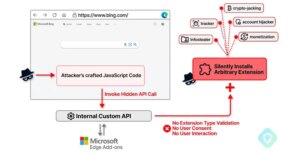Although there are other possibilities, most computer crashes are caused by errors in the operating system (OS) software. The OS not only provides an interface for the user to operate the computer, but allows a consistent interface between applications and hardware, as well as shares system resources between different programs. The OS is responsible for many important jobs that keep a computer functioning, which means there are a great number of errors that can occur.
Common Reasons Why Computers Crash
- A glitch arises when the OS tries to access an incorrect memory address, which can cause you to reboot your system.
- Errors can drive the OS into an infinite loop, in which the computer executes the same instructions over and over. The system doesn’t crash, but it is no longer responsive to any input and needs to be reset.
- A bug can cause information to be written into a memory buffer that is too small to accept the volume of information. The additional data “overflows” out of the buffer and overwrites information in memory, corrupting the OS. In older systems, memory and application bugs can affect the OS and cause a system-wide crash.
- Drivers that are added to the OS to allow the use of additional devices, such as printers, may not be as stable as the core OS and are often the source of crashes.
- The OS can crash when it fails to manage system resources correctly. The computer goes into a state of deadlock, in which multiple programs each have control of some resource another program needs. Each program waits for the other to relinquish control of the resource, which results in a ‘lock-up’.
- An OS may be switching back and forth between a few programs, each of which needs a significant proportion of memory resources. The switching takes time, as memory information is stored to and read from the disk, which makes it possible for the machine to thrash. When a computer thrashes, it spends so much time swapping programs back and forth that little or no productive processing occurs, making it slow or unresponsive. During this time, a memory leak can occur because the OS failed to recover the memory correctly when the programs stopped.
- A crash can be the result of different devices trying to operate by using the same internal ID. These types of crashes are more common after adding new, conflicting hardware to a system.
- Corrupted information on a disk can cause a crash. Information can become corrupted when a computer crashes, loses power, or is shut down without having the opportunity to write the contents of memory to the appropriate files. In this case, a system crash can therefore lead to later crashes upon rebooting. A virus infecting the system can also cause file corruption.
Given that there are so many ways that a computer can crash, how do you diagnose the problem, and fix it without losing data or further damaging the system? You can have peace of mind that your technicians will have the right tools to fix any crash with ActiveImage Protector IT Pro Edition.
With the IT Pro, you will be able to back up any system before operation. This way, if an application or software update causes conflict with the system, you are assured the system can be restored to the state it was before the update was introduced.
There are so many more features the IT Pro can offer you, including hot manual consistent image backups and efficient deduplication. For more information, to request a demo or to start your 30 Day trial, contact ActiveImage today!






